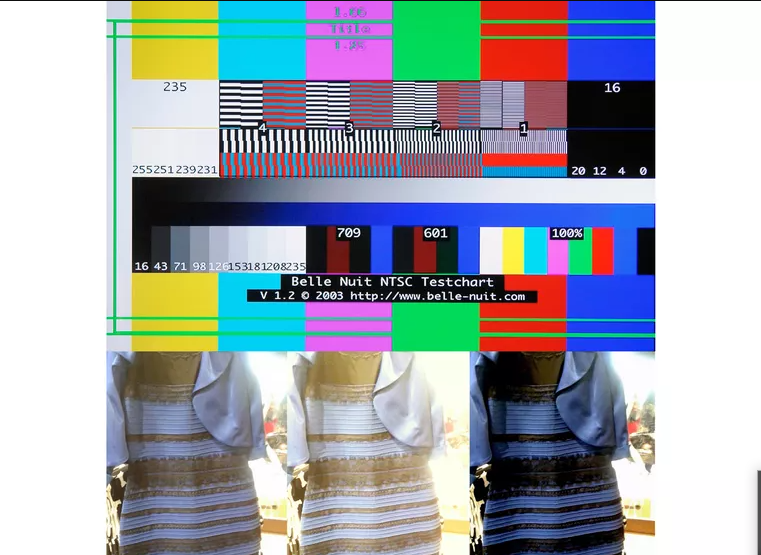Color Perception In The Real World and on Your TV
Color Perception,Back in 2015, a simple inquiry regarding what color a specific dress was sparked widespread interest in how we perceive color. The fact is, the ability to perceive color is complex, and not exact.
Color Perception,What We Really See
Color Perception, Our eyes don’t see actual object(s), what you really see is the light reflected off objects. The color your eyes see is the result of what light wavelengths are reflected or absorbed by the object. However, it is unlikely that the color you see is totally correct.
Color Perception,Factors Affecting Color Perception
Real-world color perception is affected by several factors:
- Physical Properties of an Object: The wavelengths of light an object reflects or absorbs naturally due to its physical makeup.
- Time of Day: The object is seen in morning, afternoon, or night light.
- Location: The object is seen in outdoor light (sunny or cloudy day) or artificial indoor light (and type of indoor light).
- Color Perception: Natural variations in how each pair of human eyes perceives color wavelengths.
- Color Blindness: Unnatural variations in how some persons see color wavelengths.
In addition to real-world color perception, in photo, printing, and video there are additional factors to consider:
- The Instrument Used In Capturing the Image: The capabilities of a camera to detect color wavelengths in combination with time of day and location.
- The Display Device Used In Reproducing The Image: TV, Video Projector, Print reproduce images using different methods.
- Display or Printer Calibration: If viewing the image in print or a video display device, the standard that used to calibrate that device for color reproduction affects what you see.
Although there are similarities and differences in color perception with regards to photo, print, and video applications, let’s zero in on the video side of the equation.





